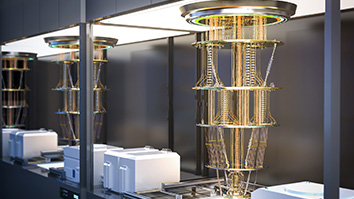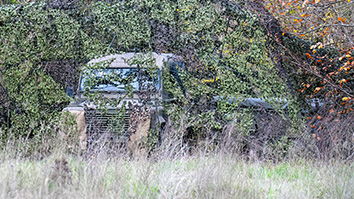
With their similar genetic makeup, twins represent an ideal opportunity to study health and behavior issues. After managing the NHLBI Twin Study (a longitudinal study of WWII veteran twins), the Center for Health Sciences at SRI established its Twin Research Registry in 1995. Since that time, Registry members participated in a variety of research studies funded by the National Institutes of Health and other clients. Clinical phenotypes studied include nicotine dependence, susceptibility to cancer-causing chemicals, metabolism of commonly used medications (and nicotine), sleep patterns in young twins, and immunological responses to environmental exposures, including second-hand smoke and vaccination for seasonal influenza virus and Varicella zoster virus.
SRI’s twin research has confirmed the link between genetics and nicotine and alcohol addictions and has also shown a link between cardiovascular risk factors and brain function in old age.
When the Twin Research Registry moved to become the Stanford Twin Registry in 2019, there were over 6,100 active registered members ranging in age from less than 1 to 98 years. The majority were adults (91%) and female (71%), and 72% of the adults self-identified as identical twins, 26% as fraternal, and 2% did not know the type of twins they are. For those under 18 the pattern was different: 47% identical, 48% fraternal, and 5% did not know.



